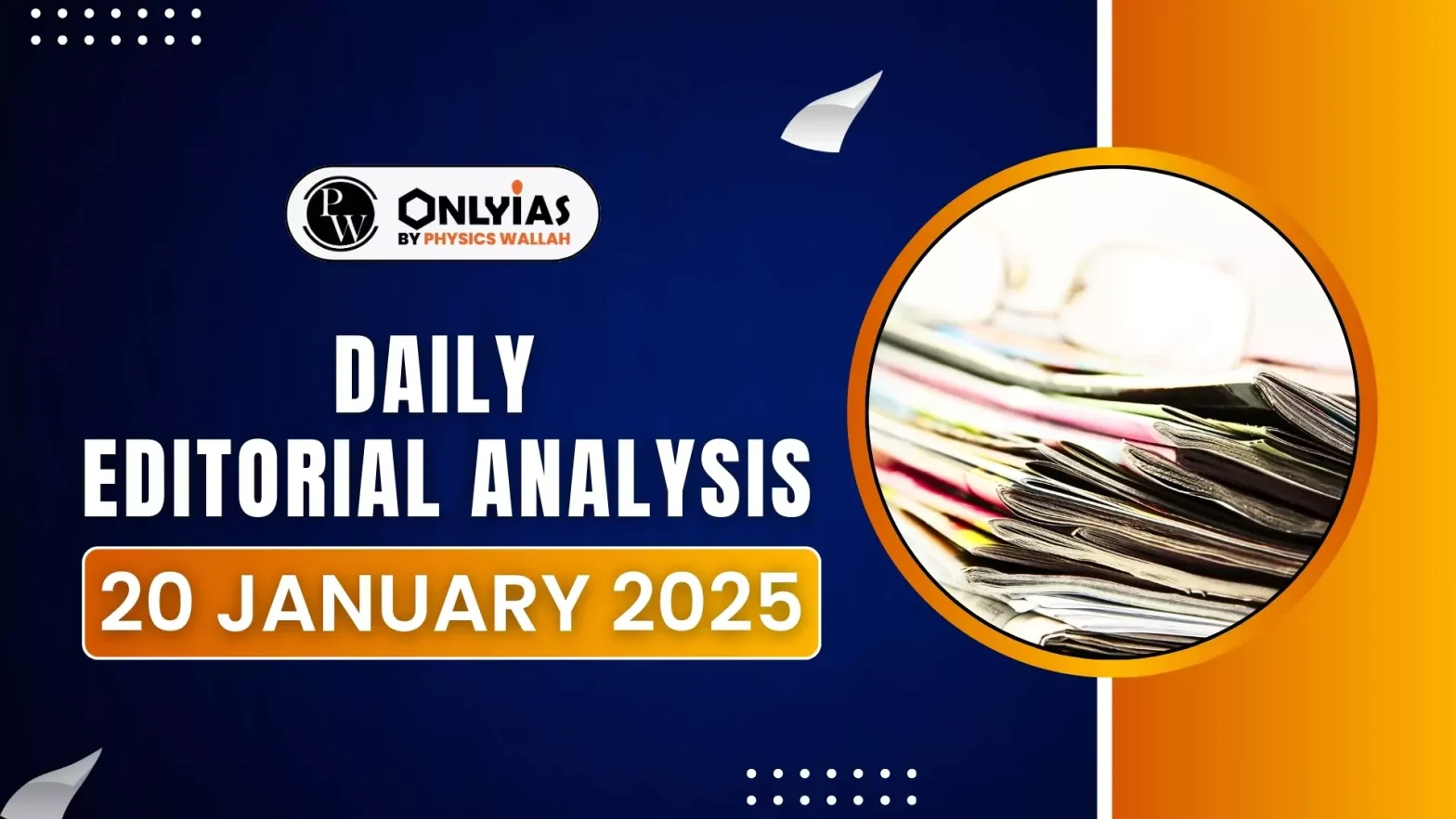Recently Supreme Court Orders Liquidation Of Jet Airways On Failure Of Resolution Plan
Insolvency
- Insolvency occurs when an individual or company is unable to fulfill their financial obligations to lenders as their debts become due.
- For example: Consider a biscuit company specializing in pineapple-flavored biscuits.
- If the company has taken a loan that has grown unmanageable due to declining sales, the owner might decide to exit the biscuit business and venture into the cake business instead.
- In such a scenario, it would be prudent to declare the biscuit company insolvent, sell off its resources, and use the proceeds to repay outstanding debts.
- Under the Insolvency and Bankruptcy Code (IBC), the company must file an insolvency petition, allowing for either a merger with the new cake business or a complete closure of the biscuit business, depending on the circumstances.
|
Enroll now for UPSC Online Classes
Insolvency and Bankruptcy Code (IBC), 2016
- About: The Insolvency and Bankruptcy Code, 2016 (IBC), is one of India’s most significant economic reforms, introduced to address the challenges of insolvency resolution in a structured and time-bound manner.
- Objective: At the time of its introduction, the IBC was envisioned as a transformative tool to improve India’s global business standing. Hold bad borrowers and major defaulters accountable.
- Emerging Issues in the IBC: Limitations in the capacity of insolvency resolution professionals and institutions. Inefficiencies in the process have hindered the timely resolution of insolvency cases.
- Impact of the Jet Airways Judgment: The recent Supreme Court of India judgment in the case of Jet Airways (State Bank of India & Ors. vs The Consortium of Mr. Murari Lal Jalan and Mr. Florian Fritsch & Anr.) has highlighted structural infirmities in the framework of India’s insolvency regime and the necessity to address these weaknesses to enhance the effectiveness of the IBC.
Institutional Challenges in Implementing the IBC
- Challenges of NCLT and NCLAT: The successful implementation of the Insolvency and Bankruptcy Code (IBC) depends significantly on the performance of the National Company Law Tribunal (NCLT) and its appellate body, the National Company Law Appellate Tribunal (NCLAT).
- However, these institutions face multiple challenges that hinder the effectiveness of insolvency resolutions.
- Heavy Workload of NCLT: The NCLT and NCLAT bear the dual burden of managing Corporate insolvencies under the IBC and Cases under the Companies Act.
- Outdated Design: The NCLT, conceived in 1999 based on the Eradi Committee’s recommendations and operationalized in 2016, was structured for the economic realities of an earlier era.
- This outdated design leaves the tribunal ill-equipped to address contemporary demands effectively.
- Limited Capacity: The NCLT has a sanctioned strength of 63 members, many of whom are required to divide their time across multiple benches.
- This division has resulted in bottlenecks for both insolvency resolutions and corporate transactions like mergers and amalgamations.
- Underutilized Working Hours: Several NCLT benches do not function for the entire working day, even when they are not handling cases from other benches.
- Delays in Insolvency Resolutions: According to the Insolvency and Bankruptcy Board of India (IBBI), the average time for insolvency resolutions has increased:
- FY2022-23: 654 days.
- FY2023-24: 716 days.
- These delays persist despite the Supreme Court’s repeated emphasis on adhering to the specific timelines set by the IBC.
- Apex Court on IBC Timelines: In the Jet Airways case, the Supreme Court highlighted the need for strict adherence to IBC timelines, cautioning that excessive judicial discretion in extending timelines could render the Code ineffective and obsolete.
- NCLTs and NCLATs must be sensitized to avoid delays and maintain the Code’s purpose.
- Lack of Domain Expertise: The appointment process for NCLT members does not prioritize domain experience, resulting in a lack of specialized knowledge.
- As noted in the Jet Airways case, the Supreme Court observed, “Members often lack the domain knowledge required to appreciate the nuanced complexities involved in high-stakes insolvency matters.”
- This creates a paradox where an institution dealing with complex insolvency cases is constrained by limited expertise.
- Bureaucratic Hurdles: There is no effective mechanism for urgent listings before the NCLTs. Registry staff are given discretionary powers to decide whether or not to list a matter, adding to delays and inefficiencies.
- Defiance of Supreme Court Orders: The Supreme Court has highlighted a troubling trend among NCLT and NCLAT members to disregard or defy its orders, undermining the authority of India’s judicial hierarchy.
- Lack of Integrity: The challenges within the insolvency framework are not limited to efficiency but extend to the integrity of the institutions themselves.
- Addressing these issues is essential to restoring trust and ensuring the effective implementation of the Insolvency and Bankruptcy Code.
- Mandatory Hearings: The requirement for mandatory hearings for all applications, including progress reports, leads to significant delays. Such hearings are often unnecessary from the perspective of natural justice.
- Limited Use of Alternative Dispute Resolution (ADR): The minimal adoption of ADR methods further burdens an already overworked system.
- Scale of Operations: While many jurisdictions face issues with institutional capacity and procedural efficiency, India’s unique challenges include India’s large and complex economy presents significant logistical challenges.
- Endemic Corruption: Corruption within institutions hinders procedural efficiency
Way Forward
- Mandatory Mediation: Introducing mandatory mediation before the submission of insolvency applications could streamline the process and reduce the burden on tribunals.
- Adopting a Hybrid Model: A hybrid approach that combines judicial experience with domain expertise is essential to handling complex insolvency cases effectively. Specialized benches for different categories of cases could:
- Improve efficiency.
- Enhance expertise.
- Expedite approvals for mergers and amalgamations.
- Infrastructure Development: Infrastructure must be prioritized, not treated as an afterthought. Adequate courtrooms to manage case volumes. A qualified and permanent support staff to ensure institutional sustainability.
- Procedural Innovation: Procedural reforms must move beyond incremental changes, incorporating innovative solutions to address systemic inefficiencies comprehensively.
Check Out UPSC NCERT Textbooks From PW Store
Conclusion
India’s insolvency regime must evolve beyond mere debt resolution to serve as a proactive driver of economic rejuvenation, especially as the country aims to attract greater foreign investment.
![]() 20 Jan 2025
20 Jan 2025

